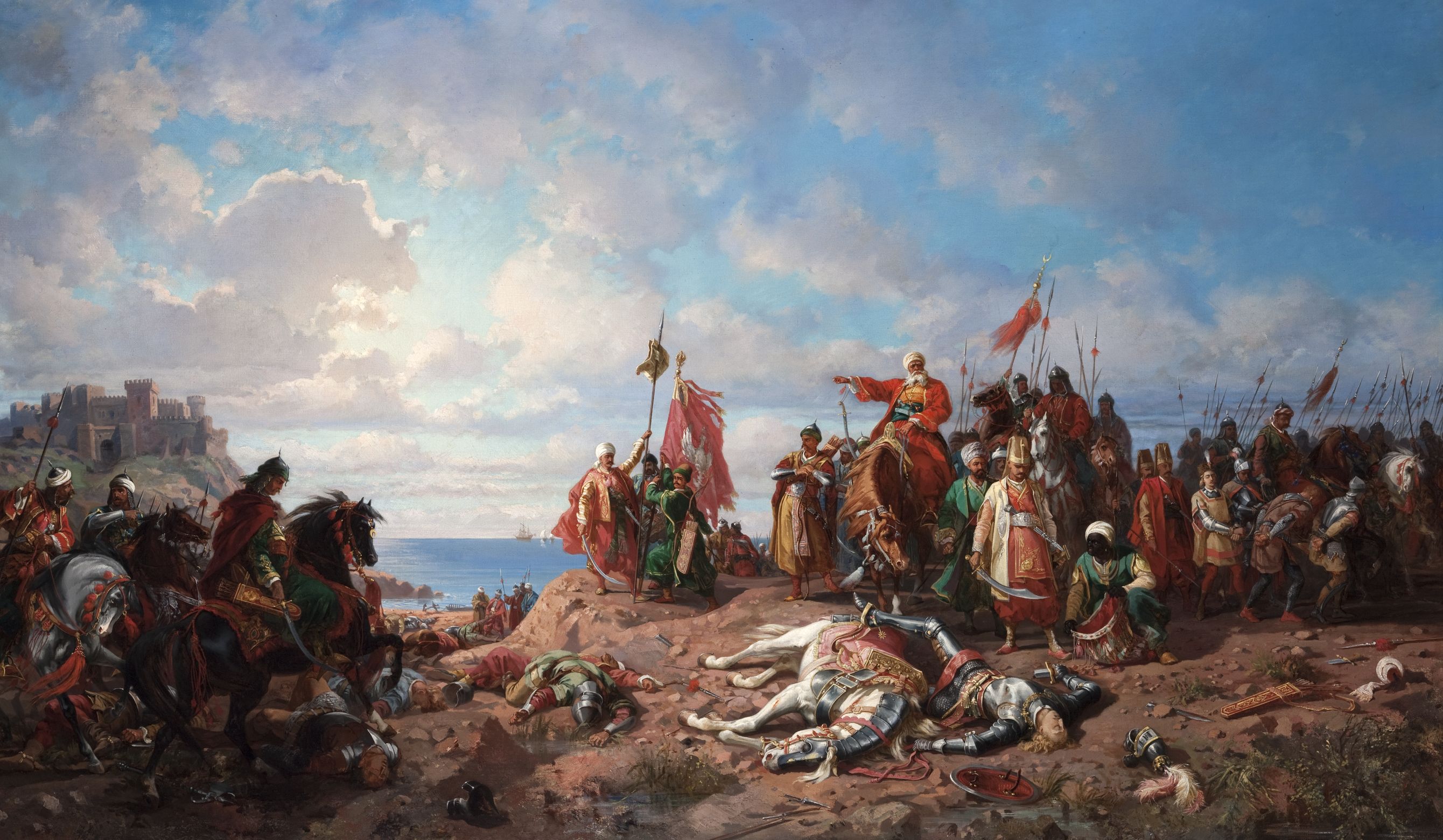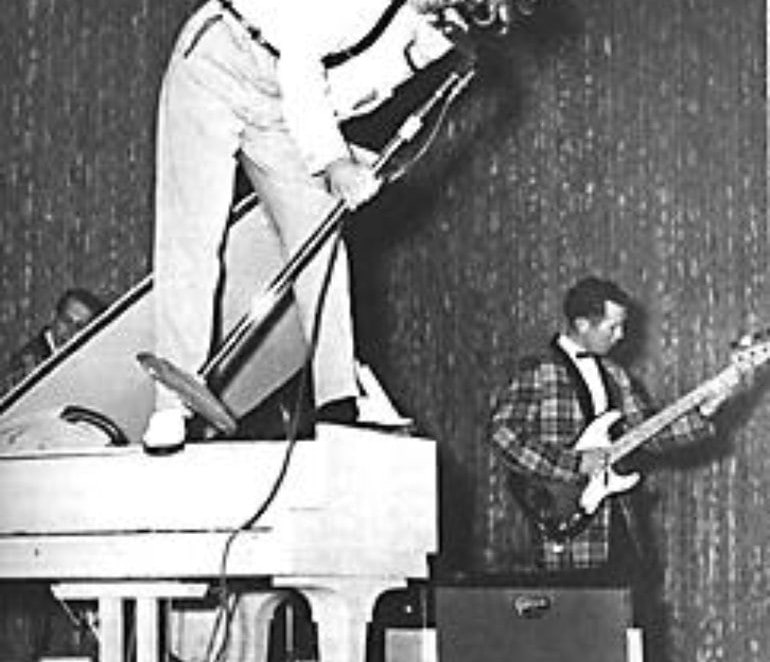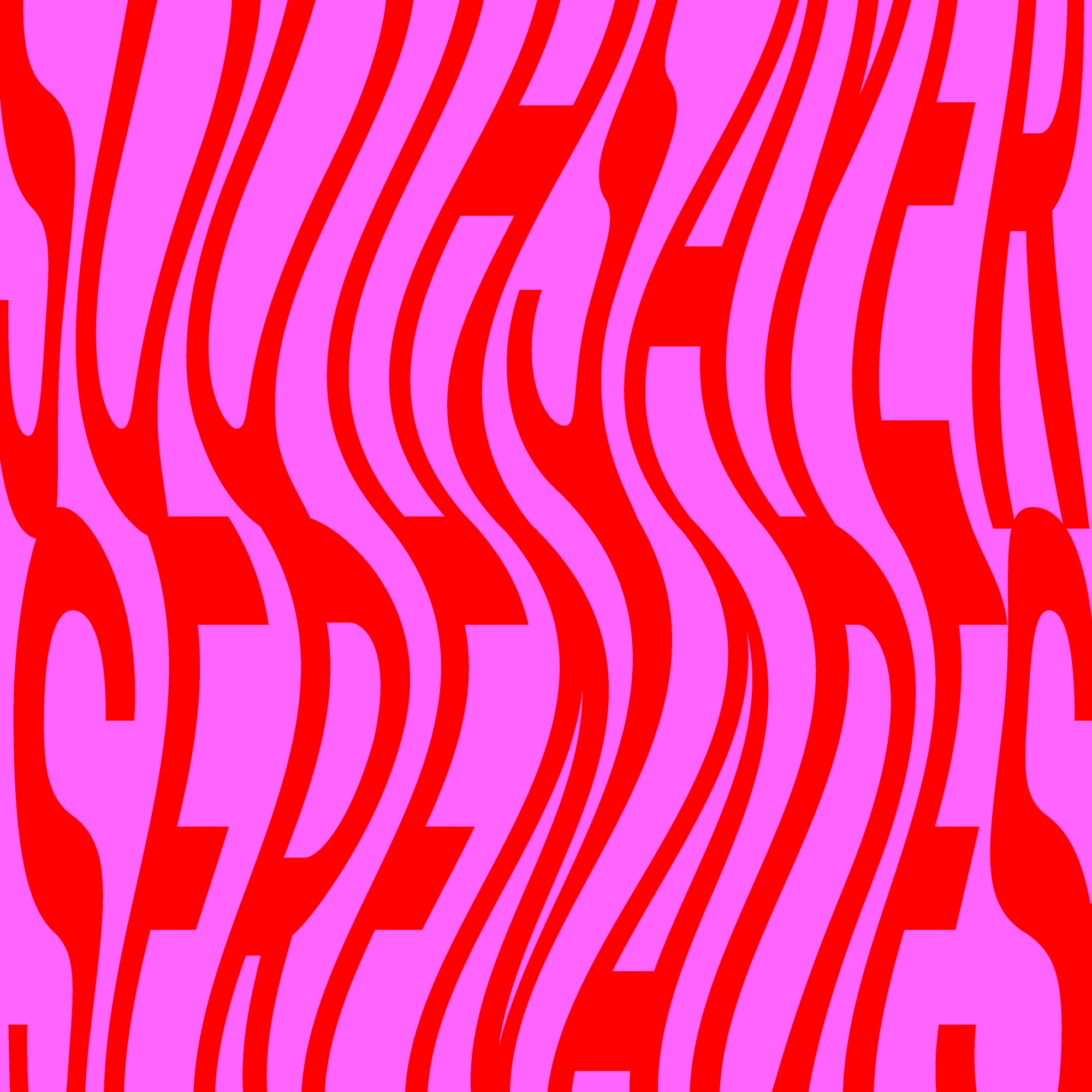Director: Pier Paolo Pasolini
Cast: Gato Barbieri, Donald F. Moye, Marcello Melis
Italy, 65’, 1970, siyah-beyaz
İtalyanca Türkçe altyazıyla
Narrated in the style of a cinematic notebook, Pasolini’s interest in adapting the ancient tragedy for the screen using African actors is mixed with a stubbornly colonial look at realities in Tanzania, Uganda and Ethiopia. The documentary is a preparatory documentary to the "film to be made", and it could be described as a real notebook of moving images. It is divided into three different types of film material. The first is a travel documentary, shot during two stays in Uganda and Tanzania (respectively in December 1968 and in February 1969) integrated with several newsreels of the war in Biafra (1967/69); the goal was to track down the places, faces, objects to the film adaptation of the Oresteia by Aeschylus. The second is a debate / confrontation between Pasolini and some African students at the University "La Sapienza" of Rome on the idea of the Aeschylus tragedy setting, and the implications of post-colonial African affairs. The third is a sort of variation on the theme and consists of a jazz session performed by Yvonne Murray and Archie Savage at FolkStudio in Rome.
Trailer

Over the years of 1864 through 1876, Stanisław Chlebowski served Sultan Abdülaziz in Istanbul as his court painter. As it was, Abdülaziz disposed of considerable artistic talents of his own, and he actively involved himself in Chlebowski’s creative process, suggesting ideas for compositions –such as ballistic pieces praising the victories of Turkish arms.

In 1962 Philip Corner, one of the most prominent members of the Fluxus movement, caused a great commotion in serious music circles when during a performance entitled Piano Activities he climbed up onto a grand piano and began to kick it while other members of the group attacked it with saws, hammers and all kinds of other implements.

Today we are thrilled to present the third playlist of Amrita Hepi’s Soothsayer Serenades series as part of the Notes for Tomorrow exhibition. The playlist titled Serenades to the Sun is presented by Kornelia Binicewiczon Pera Museum’s Spotify account.
Tuesday - Saturday 10:00 - 19:00
Friday 10:00 - 22:00
Sunday 12:00 - 18:00
The museum is closed on Mondays.
On Wednesdays, the students can
visit the museum free of admission.
Full ticket: 300 TL
Discounted: 150 TL
Groups: 200 TL (minimum 10 people)